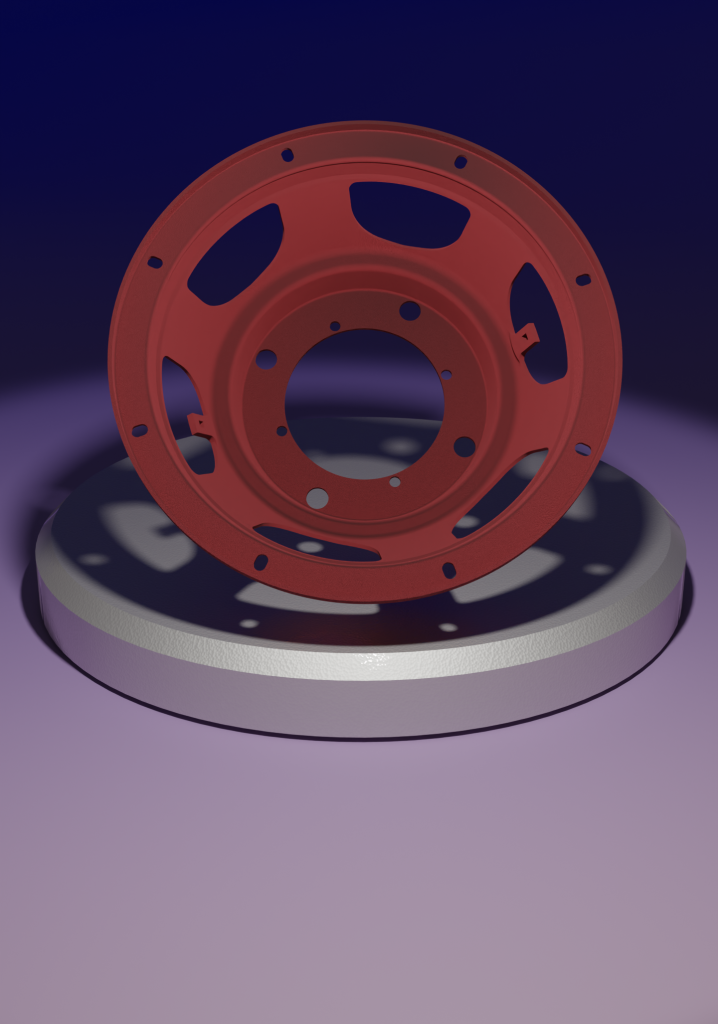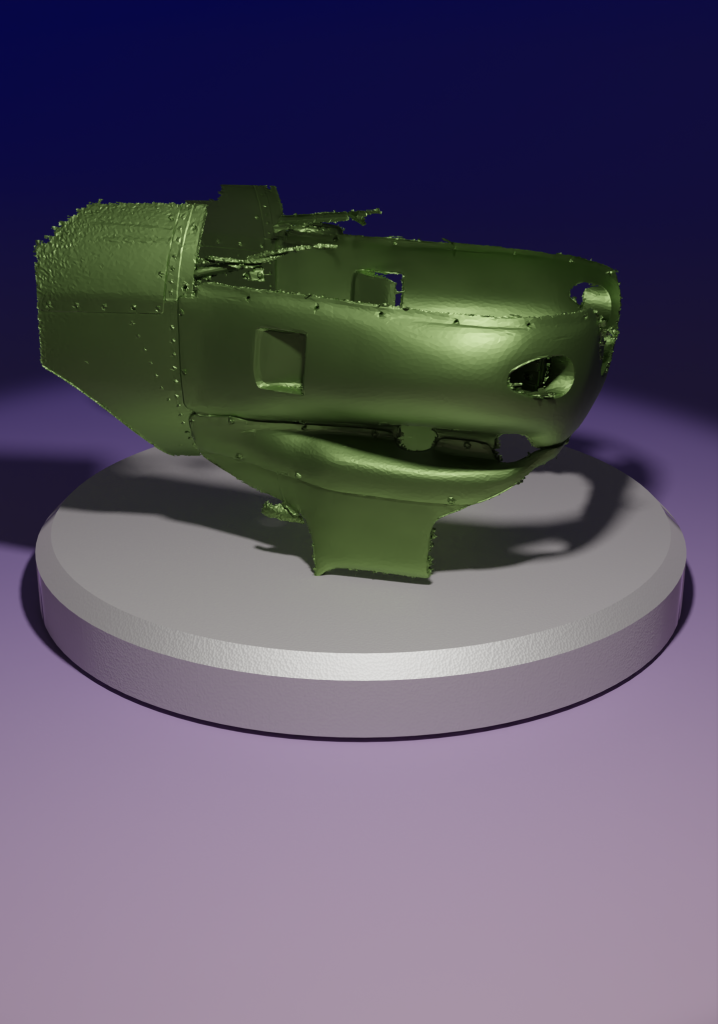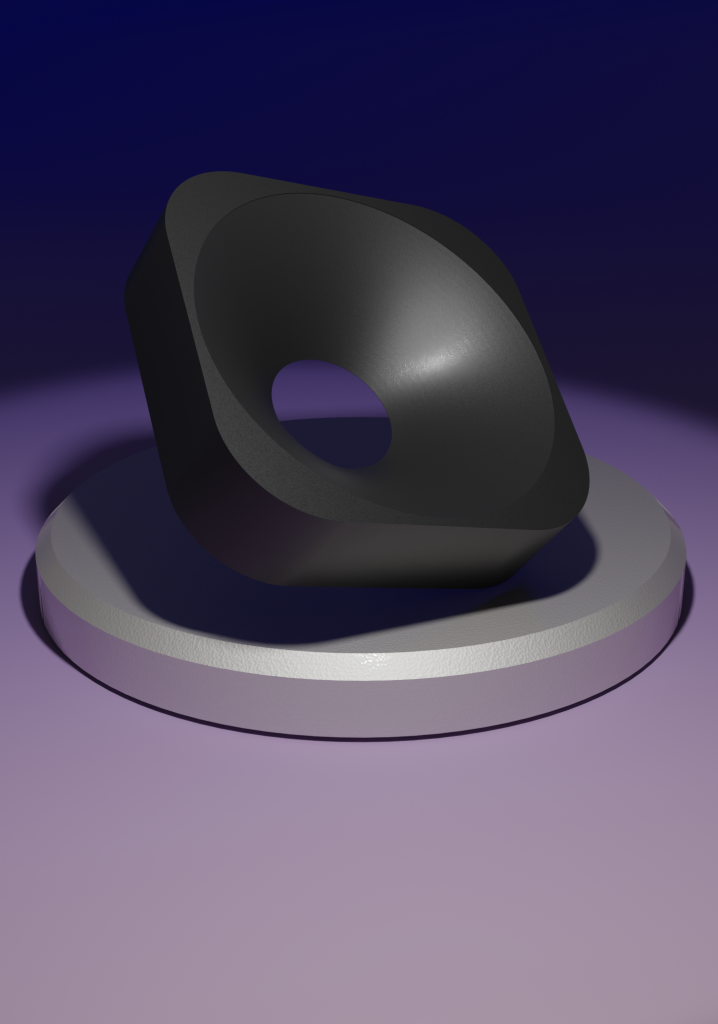3D Scanning: The Technology That Transforms Ideas into Reality
Accuracy and Innovation: The Power of 3D Scanning
Engineering & Manufacturing
3D scanning is widely used in engineering and manufacturing to improve every stage of the product lifecycle. From concept design to reverse engineering, it enables engineers to capture precise data of complex parts and integrate it directly into CAD systems. In quality control, 3D scanning allows for dimensional analysis and tolerance verification, reducing production errors and ensuring compliance with industry standards. By providing fast and accurate measurements, it streamlines workflows, minimizes rework, and helps manufacturers accelerate time-to-market while maintaining the highest level of precision.
Architecture & Construction
In the construction and architectural sectors, 3D scanning provides a reliable solution for as-built documentation, renovation planning, and structural assessments. The technology captures every detail of existing environments, producing accurate digital twins of buildings and infrastructure. This data can be used for design validation, clash detection, and project monitoring, ensuring greater efficiency and fewer errors during construction. Architects, contractors, and engineers benefit from real-time collaboration tools and detailed models that improve communication, reduce costs, and support sustainable building practices.
Healthcare & Design
3D scanning has transformative applications in healthcare and design, where precision and customization are essential. In medicine, it enables the creation of custom prosthetics, implants, and anatomical models tailored to each patient, improving outcomes and patient comfort. In creative industries, artists and designers use scanning for product development, cultural heritage preservation, and digital art, capturing unique shapes and surfaces with unparalleled accuracy. Whether for medical innovation or creative exploration, 3D scanning opens the door to personalized solutions and advanced digital experiences.
Key Advantages of 3D Scanning

3D scanning captures even the finest details, ensuring highly accurate and reliable digital models. This level of precision is essential for applications such as quality control, metrology, and reverse engineering, where even minimal deviations can be critical.
The scanning process is fast and efficient, dramatically reducing the time required to create 3D models compared to traditional measurement or manual modeling techniques. This translates into shorter project timelines and faster decision-making.
Digital models generated from 3D scans can be used directly for rapid prototyping and 3D printing, accelerating product development cycles and reducing the time from concept to market.
3D scanning technology is applicable in a wide range of fields, including architecture, engineering, healthcare, art, design, and cultural heritage. Its adaptability makes it a powerful tool for professionals in diverse industries.
By minimizing material waste, reducing rework, and streamlining production workflows, 3D scanning lowers overall costs for companies, making it a cost-effective solution for both large-scale industries and smaller businesses.

3D models can be easily visualized, shared, and manipulated, facilitating clearer communication between teams, clients, and stakeholders. This improves collaboration and supports better-informed decisions.
The technology provides a detailed record of objects and environments, ideal for digital archiving, inspections, and long-term analysis. This creates a permanent digital reference for future use.
Digital models can be updated or modified quickly, offering flexibility during design and production stages. This adaptability helps companies respond efficiently to evolving project requirements.
Integrating 3D scanning with other advanced technologies—such as 3D printing, AR/VR, and digital animation—opens up new opportunities for innovation and immersive experiences.
By reducing the need for physical prototypes and lowering material consumption, 3D scanning supports sustainable practices and helps organizations reduce their environmental footprint.

3D Scanning for Metrology
Precision you can measure.
In the field of metrology, 3D scanning provides accurate and repeatable measurements that meet the highest industry standards. Complex geometries, freeform surfaces, and hidden features can be captured with micrometric detail, ensuring compliance with strict quality requirements.
This makes 3D scanning an essential tool for dimensional analysis, tolerance verification, and reverse engineering, delivering reliable data that supports decision-making in manufacturing, engineering, and quality control.


